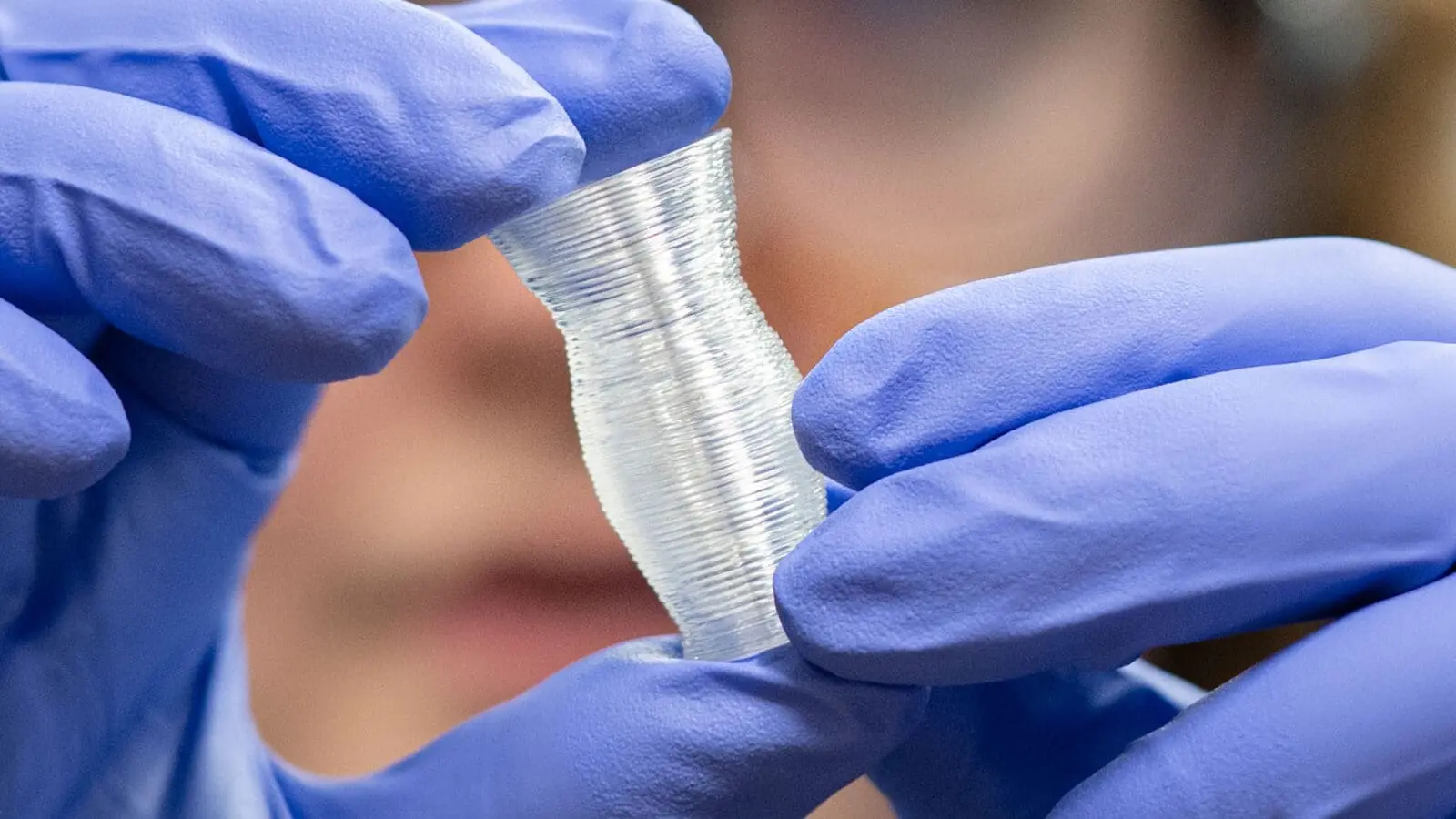Princeton engineering teams are never short of great ideas. This time they invented a groundbreaking technology to produce soft, stretchable, and recyclable plastics that are both budget-friendly and scalable for industrial use. Published in Advanced Functional Materials, the study centers on a versatile material made using a cost-effective class of polymers, thermoplastic elastomers. Such plastics have “programmable” properties, providing rigidity in one direction and flexibility in another, making them perfect for applications like medical device manufacturing, soft robotics, and custom footwear design.
Under the supervision of Assistant Professor Emily Davidson, researchers aligned nanoscale cylindrical structures within the polymer matrix during the printing process. These stiff cylinders, each just 5 to 7 nanometers thick, enable precise control over the material’s properties. “We can create materials with tailored properties in different directions,” explained Davidson.
Lead author Alice Fergerson highlighted the benefits of thermal annealing, the feature playing a pivotal role in the process by controlled heating and cooling of the printed material. “I think one of the coolest parts of this technique is the many roles that thermal annealing plays – it both drastically improves the properties after printing, and it allows the things we print to be reusable many times and even self-heal if the item gets damaged or broken,” said Fergerson.
The cutting-edge method also incorporates functional additives, such as UV-activated molecules for glowing effects, with no risk to the material’s mechanical properties. The engineers demonstrated samples of complex designs, including a flexible yet rigid vase and intricate 3D text. This scalable and cost-effective technique promises to transform industries, paving the way for next-gen wearable electronics and biomedical devices and proving that life in plastic actually is fantastic.






